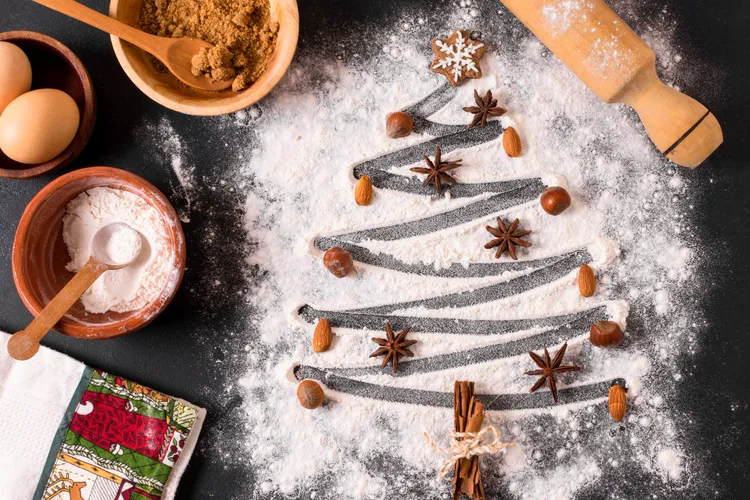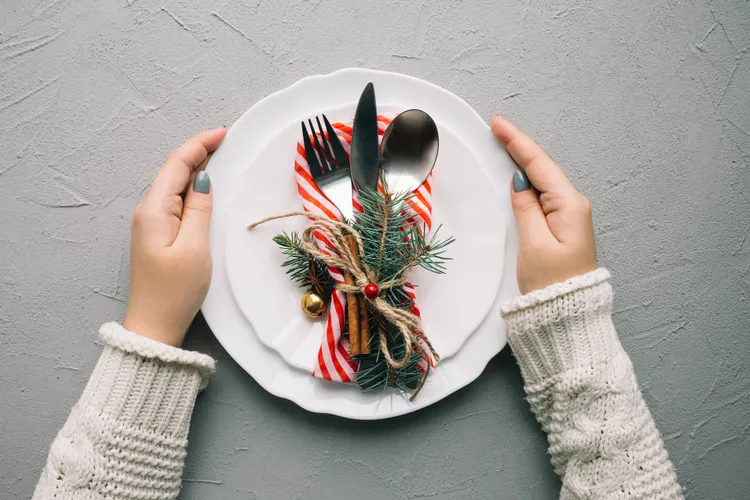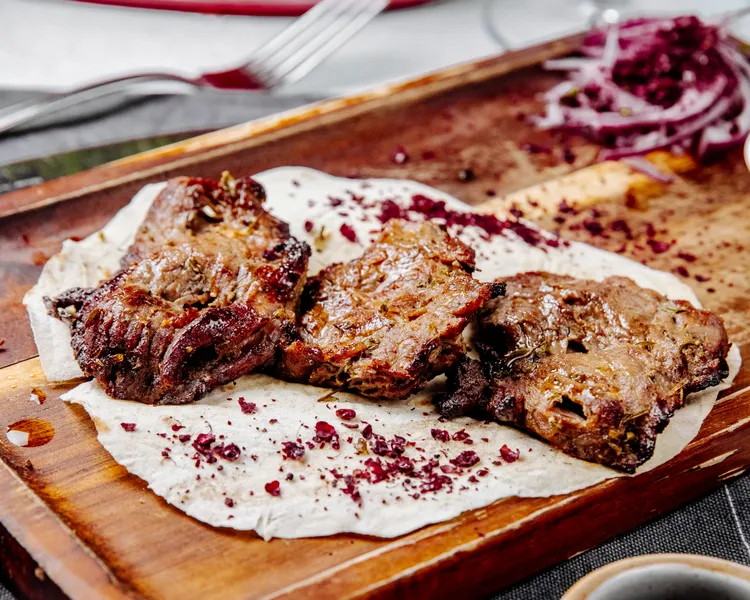Foods to Eat During Heat Waves: What to Eat to Stay Cool, Hydrated, and Healthy
When a heat wave strikes, our bodies work overtime to maintain a safe internal temperature. High temperatures not only make us sweat more, but they also impact our digestion, hydration levels, and energy. What we eat during this time can significantly affect how we feel - for better or worse.

Why Your Diet Matters in a Heat Wave
During high heat:
- You lose more water through sweat, increasing the risk of dehydration.
- Appetite often decreases, making heavy meals less appealing.
- Digestive efficiency slows down, so lighter foods are easier on your body.
- Electrolytes like sodium and potassium can become imbalanced from excess sweating.
Eating the right foods helps:
- Replace lost fluids and electrolytes.
- Maintain energy without overheating your digestive system.
- Prevent heat-related illnesses like heat exhaustion or heatstroke.
Top 20 Foods to Eat During a Heat Wave
- Cucumbers
One of the most hydrating vegetables, cucumbers are made up of over 95% water. They’re refreshing, low in calories, and can be eaten raw, pickled, or blended into smoothies.
Pro Tip: Try cucumber water with lemon and mint for an ultra-cooling drink.
- Watermelon
An iconic summer fruit, watermelon is about 92% water and packed with vitamin C, lycopene, and antioxidants.
Bonus: It's a natural diuretic and helps flush out toxins.
- Leafy Greens (Spinach, Lettuce, Kale)
Leafy greens are light, nutrient-dense, and full of water. They’re easy to digest and work great in salads, wraps, or smoothies.
Avoid: Overcooking greens - it reduces their water content and makes them heavier on the stomach.
- Coconut Water
Coconut water is nature’s electrolyte drink. It contains potassium, sodium, and magnesium - ideal for replenishing what you lose through sweat.
Look for: Pure coconut water with no added sugars.
- Berries (Strawberries, Blueberries, Raspberries)
These are antioxidant powerhouses and hydrating snacks. Berries have high water content and are rich in fiber, which helps digestion.
Serve: Frozen for a refreshing treat or in yogurt parfaits.
- Zucchini and Summer Squash
These mild-flavored veggies are great sautéed lightly or spiralized into raw "zoodles." They’re low-calorie and high in water and fiber.
- Mint
Not only is mint cooling on the palate, but it may also help with digestion and has a natural cooling effect on the body.
Use in: Teas, smoothies, chutneys, and infused water.
- Tomatoes
Loaded with lycopene and vitamin C, tomatoes are another hydrating vegetable-fruit combo that can be eaten raw, grilled, or juiced.
Try: A tomato-cucumber salad with olive oil and herbs.
- Citrus Fruits (Oranges, Lemons, Limes, Grapefruit)
Citrus fruits are refreshing, hydrating, and packed with vitamin C. They're also slightly acidic, which stimulates saliva and makes you feel less thirsty.
Bonus: Add lemon or lime to water for a flavor boost and digestion aid.
- Chia Seeds
These tiny seeds swell up and hold up to 10 times their weight in water, making them great for hydration.
Tip: Make chia pudding with almond milk and top with fruit.
- Yogurt
Light and protein-rich, yogurt is easy to digest and contains probiotics to support gut health. Opt for plain or Greek yogurt.
Try: A yogurt smoothie with fruit and honey.
- Melons (Cantaloupe, Honeydew)
These fruits are over 90% water and high in vitamins A and C. They’re sweet, juicy, and perfect for a heat wave.
- Cold Soups (Gazpacho, Cucumber Soup)
Cold soups hydrate, cool you down, and are packed with veggies. Gazpacho (a cold tomato-based Spanish soup) is a popular summer option.
- Celery
High in water and electrolytes, celery makes a great low-calorie, crunchy snack.
Pair with: Hummus or nut butter for extra nutrients.
- Pineapple
Pineapple contains bromelain, an enzyme that aids digestion. It’s sweet, juicy, and contains antioxidants and vitamin C.
Caution: Pineapple is slightly acidic - eat in moderation if you have sensitive digestion.
- Bananas
Rich in potassium, bananas help replenish electrolytes and prevent cramping caused by dehydration.
Make: A frozen banana “nice cream” with cocoa or berries.
- Herbal Teas (Chamomile, Hibiscus, Peppermint)
These caffeine-free teas can be consumed cold and have natural cooling and calming effects. Hibiscus tea is also known to help reduce body temperature.
- Avocado
Packed with healthy fats and potassium, avocados help maintain electrolyte balance.
Use: In guacamole, on toast, or in cold pasta salads.
- Corn
In-season during summer, corn is hydrating and high in fiber and antioxidants. Boil or grill it lightly for a satisfying side.
- Apples
Crisp, juicy, and hydrating - apples are a classic heat-wave snack with fiber and vitamins.
Foods to Avoid During a Heat Wave
Knowing what not to eat is just as important:
- Spicy foods - May increase your body temperature (though some argue it induces cooling through sweat).
- Fried and fatty foods - Hard to digest and may make you feel sluggish.
- Caffeinated drinks (coffee, energy drinks) - Can be dehydrating.
- Alcohol - Increases dehydration and can impair your body’s temperature regulation.
- Processed snacks - High in salt and low in nutrients, these can worsen dehydration.
Pro Tips for Staying Cool and Nourished
- Eat smaller, more frequent meals: Helps with digestion and prevents overheating.
- Keep meals raw or lightly cooked: Reduce heat generation from cooking and digestion.
- Stay hydrated: Don’t just drink water - eat hydrating foods too.
- Prep meals in the morning: Beat the heat and avoid using the stove during the hottest part of the day.
- Avoid overeating: Heavy meals require more energy to digest, increasing your body temperature.
Sample One-Day Meal Plan for a Heat Wave
Breakfast
- Chia seed pudding with almond milk, berries, and honey
- Cucumber-mint water
Lunch
- Gazpacho soup
- Mixed greens with avocado, tomato, and grilled corn
- Watermelon slices
Afternoon Snack
- Greek yogurt with frozen berries
- Herbal iced tea (hibiscus or peppermint)
Dinner
- Cold pasta salad with zucchini, cucumber, tomatoes, and feta
- Chilled lemon water
Dessert
- Banana “nice cream” with cocoa and nuts
Surviving a heat wave isn’t just about air conditioning and shade - what you eat plays a powerful role. By choosing water-rich, cooling, and nutrient-dense foods, you give your body the tools it needs to stay cool, hydrated, and energized.
So next time the temperatures soar, skip the heavy meals and embrace nature’s cooling menu. Your body will thank you.









